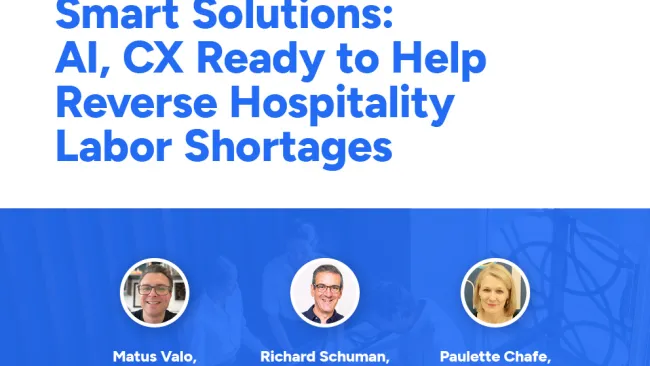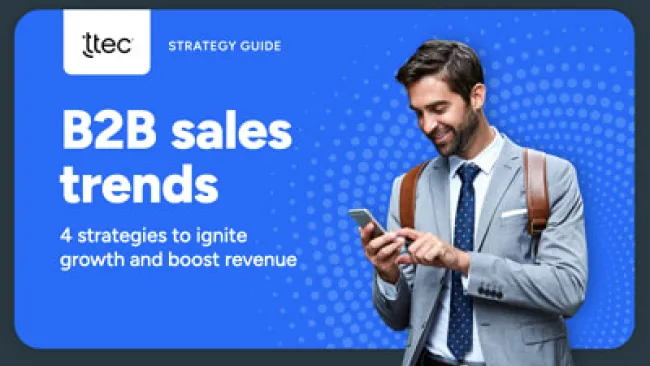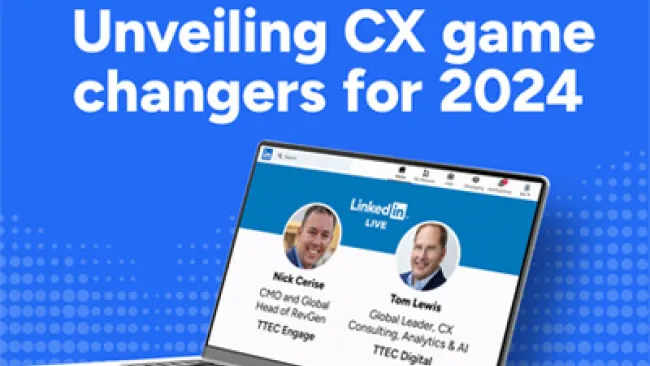Subscription-based companies are becoming a mighty force in the business world. Powerhouses like Blue Apron, Dollar Shave Club, and Loot Crate deliver sleek, modern products via daily deliveries or regular orders. Streaming companies like Hulu and Netflix offer a flat fee, monthly subscription model. Even previously product-centric companies such as Microsoft and Apple are trying to stay relevant with subscription models with Office 365 and Apple Music.
Many subscription-based companies are starting to feel the financial heat as high customer acquisition costs put pressure on customer retention. These companies are great at branding themselves as trendy and hip, but they also need to keep their customers they reel them in.
Companies must look past a transactional customer relationship to create a value-driven one. They must focus on treating their customers as people on a journey with the product and create authentic interactions. When brands avoid being so explicitly transactional they open opportunities to demonstrate to the buyer that they understand them on a deeper level. This builds loyalty and long-term relationship strength.
It’s become increasingly easier through social media and web advertisements to make your brand known. Create one captivating commercial and people will do the advertising work for you by sharing and commenting. Enthralling your future customers to try out your cool new subscription model is the easy part, but gaining customers doesn’t always bring in financial stability.
Basic business school classes teach the Pareto principle that about 80 percent of revenue comes from only 20 percent of customers. In addition, it’s seven times costlier to acquire a new customer than it is to retain one. Yet trendy new subscription-based brands may not take these facts into account when developing marketing plans.
Meal delivery service Blue Apron, for example, is feeling growing pains. It has a clean and slick web presence along with a product that is attractive to a millennial market new to cooking. But despite its popularity and media attention, the five-year-old startup is spending over $400 on acquiring customers, while only quarterly generating revenue of $236 a person, according to Business Insider. Its recent IPO in June of this year failed to perform well. And as of Nov. 17, its stock is listed only at $3.04.
But Blue Apron should not be singled as the only subscription model lacking strong customer retention. In a Business Insider study analyzing two years of returning U.S. customers to popular subscription services, Hello Fresh saw less than a quarter of its customers return, Dollar Shave Club dipped below the 50 percent line by the second year, and only Netflix rides above losing half its base. This is reminiscent of the dot-com boom, where companies like Pets.com, CDnow, and eToys got too big too fast, without strong foundation that could sustain revenue over the long term.
To help build win back and retention, companies must get back to human basics.
Ultimately what those transactional interactions boil down to is a very exchange based-thing: “Here is a deal, share it or buy it. Do a social action with the motivation of a discount or prize.” This doesn’t do anything except entice customers in the short term. Instead, a company’s relationship with a customer should be meaningful to the consumer, even more so once they become customers.
Customer retention tips
To succeed in both short-term acquisition and long-term retention, we recommend companies focus on three strategies:
- Invest in a fluid omnichannel sales experience: Engage customers where they are most comfortable, instead of where you prefer to interact with them.
- Personalize the experience: Go out of the way to acknowledge the customers as individuals, looking for ways to make their experience more unique and special.
- Reduce transactions: Look beyond basic transactional interactions and give customers opportunities, angles, and values that other companies can’t offer. Don’t make them feel like just another customer by bombarding them with products. Make their relationship with your product invoke something else other than the need to spend money. Then they won’t want to leave.
For example, when Netflix was dropped the newest season of “House of Cards” on a Tuesday instead of its usual Friday, it created a “National House of Cards Sick Day” event on Facebook. It humorously suggested that subscription users use this time as a day off to binge watch the intense drama.
Loot Crate not only delivers mystery pop culture products, leaving customers to anticipate surprise items. For an 1980s sci-fi box, will it be a Han Solo figurine or maybe an Alien plush toy? The excitement is part of the experience of ripping open that package on your doorstep.
Enlightened companies use social media and community events to find ways to demonstrate to their existing customer base that they are people too and value them as an individual and person. Sky UK goes the extra mile by thanking customers who have been loyal to their brand for years by initiating a loyalty rewards program. A customer starts at Silver, then three years later Gold, eight years is Platinum, then the finale- 15 years plus is Black membership. Each progression encourages new deals and prizes that are available to long time clients.
Loyalty programs, if done right, can result in between 12 to 18 percent more revenue, according to Accenture. Just make sure the program provides value to the user.
Or take those little intimate steps that brighten up special days. Such as Starbucks Rewards which offers members a free drink or meal on their birthday.
Subscription companies like Blue Apron are at a crossroads of success or failure. They may need to refocus their attention from flashy customer acquisition to boring but steady retention. They need to bring out to their human side to make an impact and keep customers.
As Teddy Roosevelt once said, “Nobody cares how much you know, until they know how much you care.”















